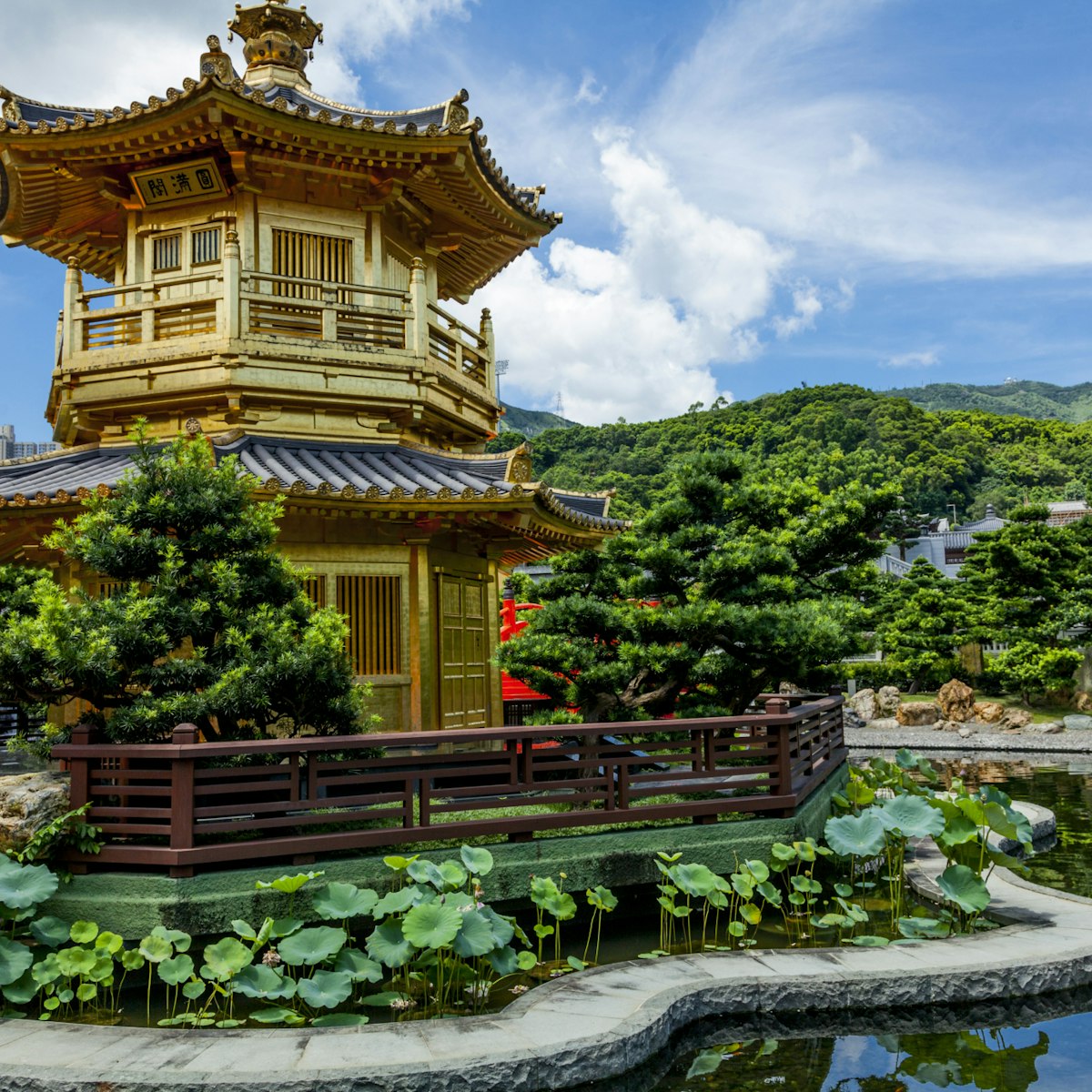This ‘cave’ – in truth not much more than a hole in some rocks – on the southwestern peninsula of the island is said to have been the favourite hideout of the notorious pirate Cheung Po Tsai, who once commanded a flotilla of 600 junks and had a private army of 4000 men. He surrendered to the Qing government in 1810 and became an official himself, but his treasure is said to remain hidden here.
It’s a 2km walk from Cheung Chau village along Sai Wan Rd, or take a kaito (adult/child from HK$5/3) from the cargo ferry pier to the pier at Sai Wan. From here the walk is less than 200m (uphill).







